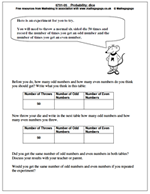Free year 4 maths worksheet from mathsblog.co.uk and mathsphere.co.uk
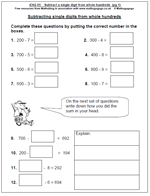 By the end of year 4 children are expected to have strategies for answering a wide variety of questions mentally – in their heads. One expectation is to be able to subtract a single digit from a multiple of one hundred: eg 400 – 6 =.
By the end of year 4 children are expected to have strategies for answering a wide variety of questions mentally – in their heads. One expectation is to be able to subtract a single digit from a multiple of one hundred: eg 400 – 6 =.
Children usually approach this task in one of two ways: either by counting down using fingers, which can prove to be tricky remembering where you have got to; or by taking the single digit from 10 and mentally adjusting: 10 – 6 = 4, take 10 from 400 = 390, so the answer is 394.
As well as having questions to answer, this worksheet also asks brief for explanations, which children often find difficult to state, even if they can work out the answer.

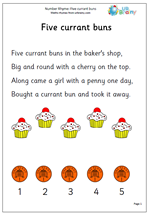
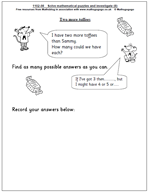
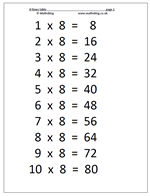

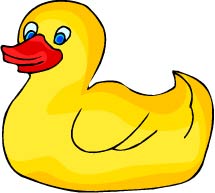

 Free maths worksheet: Standard written method for addition of two 3-digit numbers.
Free maths worksheet: Standard written method for addition of two 3-digit numbers.